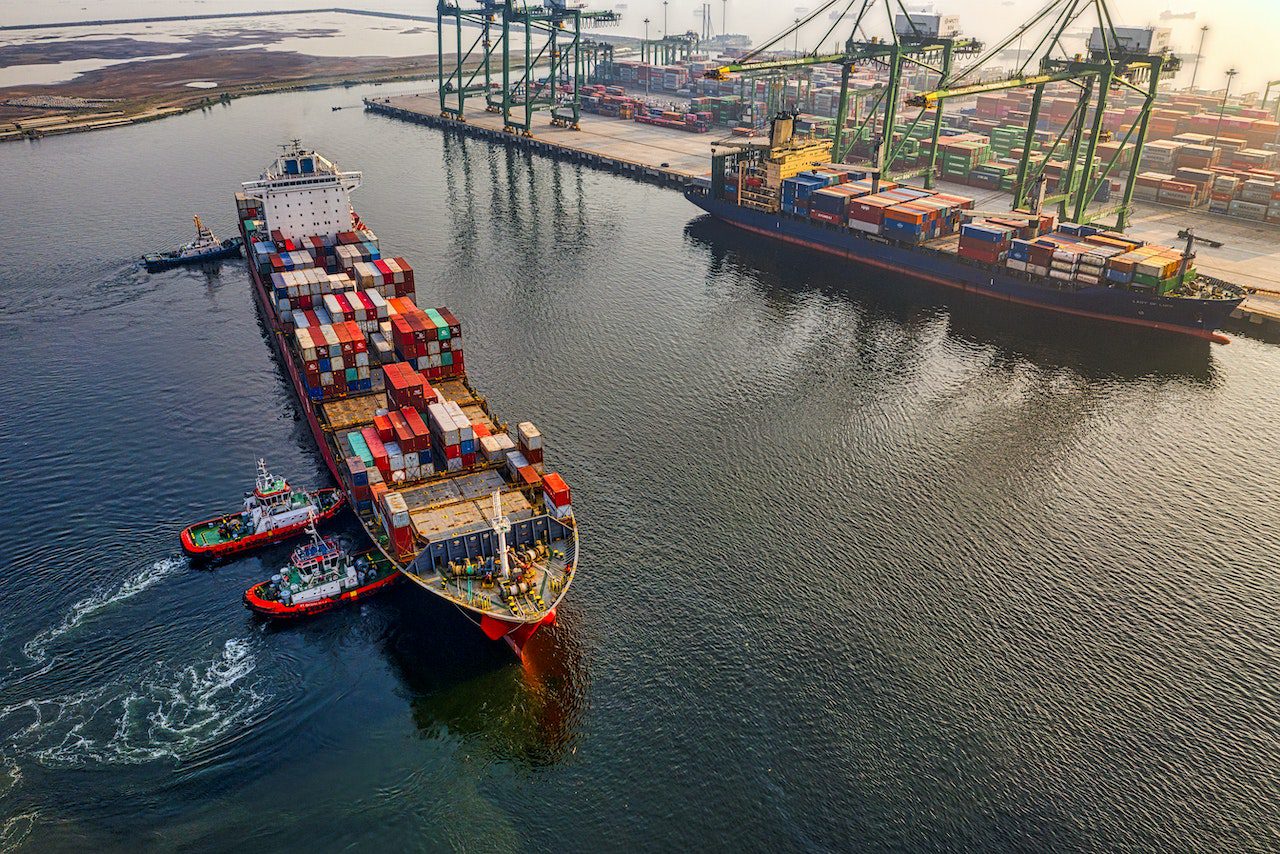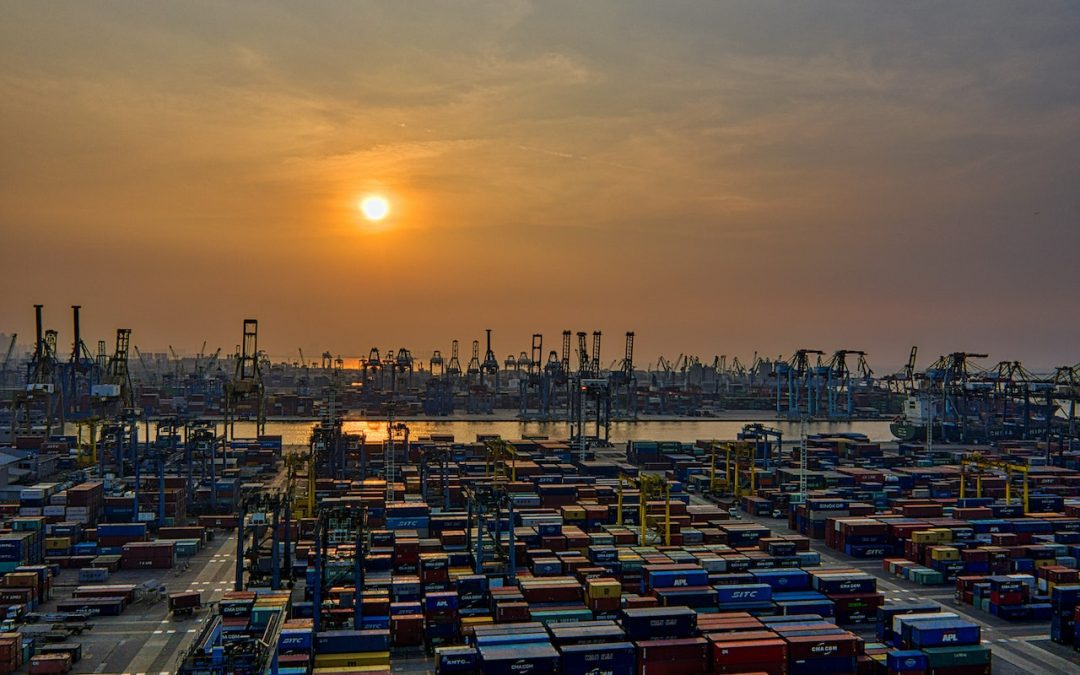The term ‘Certificate of Origin’ might sound fairly simple, but as we’ve learned, there’s a lot more to it!
In this blog, we’ll go over what one is, the different types that exist and what information is included within one.
Onward!
What Is A Certificate Of Origin?
A Certificate of Origin, or CO as it is sometimes referred to, is an official document that declares in which country a commodity or good was manufactured.
The CO is important for international trade because it determines which items are eligible for import and export, as well as whether they are subject to import duty.
It’s the importing country that typically mandates the CO, and it is used in trade agreements. The document is authorised by a chamber of commerce and can be in paper or digital format.
Types Of Certificate Of Origin
Pretty simple so far, right? Here’s where things get a little more complex.
Standard CO
As the name suggests, this type of CoO is the basic document.
A standard CO states information about where the goods were manufactured, such as:
- Name and address of the exporter
- A description of the goods
- The country of origin
As well as the signature of the authorised issuer, which is typically a chamber of commerce or a relevant government authority.
The role of the standard CO is to provide accurate information about the origin of the goods so that trade regulations can be sufficiently adhered to. And for some trade deals, a standard CO, signed by an authorised issuer, is perfectly adequate.
Legalised CO
Sometimes, a country you’re importing to will require additional documentation to prove that the information contained within the CO is authentic, and that’s where a legalised CO comes in.
A legalised CO is a standard CO that has been further authenticated. The legalisation process tends to involve the CO being validated by various appropriate authorities to give more weight to its authenticity.
Through external authentication, importing countries can be sure that the CO has not been tampered with or forged. Rules and regulations surrounding what constitutes CO legalisation can vary between countries, so it is crucial to check what is required before embarking on the process.
Certified CO
A certified CO is similar to a standard CO. However, a certified CO has been certified by a chamber of commerce, government agency or other authority to confirm its authenticity.
Certification of a CO involves an in-depth review of all of the information declared on the CO, as well as a thorough side-by-side comparison with the requirements of the trade agreement and regulations of the country of import to ensure full compliance.
The certification process makes this type of CO more credible.
EUR1
A EUR1 certificate, which can also be called a movement certificate, is used in trade between the UK and partner countries. It is used to confirm that goods originate in the EU or a partner country so that the importer can benefit from a reduced rate of import duty.
EUR1 certificates are issued by chambers of commerce or customs offices.
What’s Included In A Certificate of Origin?
All types of certificates of origin will typically contain the following information:
- Details of the manufacturer of the goods
- Country of origin
- Details of the exporting agent
- Details of the receiver
- A description of the goods using codes
- The item’s quantity, size, and weight
- BoL number. If you’re unsure what a BoL is, click here to find out.
- Shipping details. This includes information regarding the transit route as well as the mode of transportation
- A dated commercial invoice of payment.

How Do Certificates Of Origin Work?
To get your hands on a CO, you’ll need to do three things.
- Provide your product’s tariff harmonisation code
- Make sure your goods comply with the rules of origin
- Arrange shipping of your goods to the buyer.
To find your product’s tariff code, you can use the Trade Tariff Tool on the HMRC website. Trade codes are made up of a combination of names and numbers that are used to classify products and are used to monitor, control and tax goods appropriately as they move between countries.
The rules of origin can take a bit of headspace to interpret, but we’re about to simplify it for you.
Some products that are exported from a country include imported components, and some but not all of these may be eligible for a tariff reduction. Therefore, things like where the component parts came from, as well as other factors, are considered when issuing certificates of origin.
The way the origin of goods is defined comes down to several different rules, including…
Wholly Obtained
This rule applies when a good is grown and produced in a country from start to finish. Minerals and fruit and veg are great examples of this.
Changing In Tariff
When a good is made from both domestic and international components, it can still be classified as produced in the country of manufacture or consolidation. This rule demands that any foreign parts that are used undergo a specific change in the tariff code.
Regional Value Content
This rule requires the good to undergo a specific amount of value adds in the country to qualify for tariff reduction. The term ‘value add’ describes the amount that the value of the item increases at each stage of its production, exclusive of initial costs.
Certificates Of Origin Are Important, Which One Do YOU Need?
When you’re shipping goods, COs can be incredibly confusing.
You’ll need one to prove the origin of your goods if you’re trading internationally and the destination country has a trade agreement with the UK or is covered by the Developing Countries Trading Scheme.
Struggling to work out which type of CO you need? Get in touch. Millennium can help take the stress out of shipping.

